Migratory Birds Add colour to Vizag
By Mrs Shakti Bishnoi & Mr A S Bishnoi
The nip in the air signalled the onset of winter in the city and the season along with its chills, has also brought in a few winged visitors from distant lands. Come winter, Visakhapatnam and surrounding districts become home to a number of migratory birds. Not only local birds but migratory birds from far off places are regularly visiting this place, which is adjacent to Visakhapatnam airport wall. With the presence of many species, the place is ideal site not only for casual visitors, but also for the avid bird watchers and professional ornithologists. The various winged beauties can be seen wading through the marshes behind the airport, snacking on small insects and crustaceans. Surrounding districts during winter are filled with chirps of a motley crew of migratory birds who have flown countries in the northern hemisphere to make vizag their home for the next few months. Following water bodies support these avian worlds:-
(a) Kaplapadu
(b) Kondakarla ava,
(c) Mudsarlova,
(d) Airport canal
(e) Megadripeta dam
Clearance, conversion and degradation of natural habitat, grasslands, and wetlands are by far the most important causes of avifauna disappearing in the Asian region, affecting all species classified as critical, endangered and vulnerable. Exploitation of the land is the most common threat. The main pressure on Asian water birds is due to wetland drainage and conversion into intertidal coastal wetland.
Defying all the parameters for survival, the bird community consisting of migratory birds namely Pied Avocet, Rudy shelduck, Sand piper, large egret, median egret, cattle egret, Indian pond heron, Water cock, wader family including sand piper, common sandpiper, Black tailed Godwit and Stints, Jacana, oriental white ibis etc. visit this small place. These species are regular visitor to this highly isolated and encroached place near the airport during Oct- Mar. While these winter vistors fly down to escape the harsh weather of their natural habitat, they are not completely safe here either. Apart from the predators like, civet cats, Dogs, humans too hunt them for different purpose.
Our encounter with these migratory birds at Visakhapatnam
When we came to Visakhapatnam in 2011, to my current abode NAD colony, in Visakhapatnam near to the Airport which is surrounded by green hills of Simhachalam we were aghast as there was no sign of avain wealth. All we used to witness was a countryside trembling with countless butterflies near to my house. Ofcourse, there were the garrulous mynas and rowdy crows of the garden variety. Then one fine day, I saw my first migratory bird (Brahminy duck) in Visakhapatnam near the airport, while on my way to market and my excitement increased to feverpitch to see them from up close. A small canal behind the Airport Point is supporting this avian world and is the meeting place for migratory birds in Vizag.
Unfortunately the Avian world and Aviation both pose serious threat to each other. Aviation is facing great challenges from birds since the first time men got airborne. Bird hits are a serious hazard to aircraft.
Some people wonder why birds are there in the airport. Airports due to the vast expanse required for runways and safe landing of multiple flights provide a wide natural habitat for birds.
(a) Birds require relatively large amount of food, and all airports due to their huge size have in abundance seeds, berries, grass, insects etc
(b) Birds are drawn to open water for drinking, bathing, feeding, roosting and protection.
(c) Rainy periods provide temporary water pools at many places and due to frequent cyclone, Visakhapatnam receives more rains.
(d) Permanent water body near the airport
(e) Birds needs cover for resting, loafing, roosting and nesting, Trees, brushy areas, weed patches, shrubs provide suitable habitat to meet these requirements
The other side of the runway is industrial belt consisting of HPCL, BPL and Andhra Refineries. Therefore this heaven for birdwatchers exists in the midst of the sepulchral silence of canal and hustle bustle of aircrafts landing and taking off.
Like many other airports, Visakhapatnam airport too has plenty of space and ideal habitat for birds and hence there are chances of bird hits to the aircraft while landing and taking off. However, till date not a single incident of bird strike has been reported. Our study revealed that the flight path for landing and taking off is opposite to the canal where these birds feed and as such abundant food, water, nesting place is available so there can be no reason that they come in flight path.
After a gap of one month in 2011, we started collating the data on the species with a notepad and binoculars to study their behaviour and count them. It became a regular feature in the early mornings for at least two hours. These species have made this small patch their habitat and they are surviving amidst industrial waste, polluted water, polluted air, honking and moving vehicles noises. If that is not enough fisherman too claim their share from this confined area. This place is good for the survival of birds as there is availability of sea water, weeds, ample food (sea food i.e toad, fish etc), reeds, and is relatively undisturbed by people etc. These birds are rare sightings in Vizag. People go all the way to Chilka lake for their sightings. The best time to spot them is October to March every year. End March they start their migration phase back to their homes like Sibera, northern European nations etc enroute Chilika in Odisha and other water bodies in Andhra Pradesh.
The opening through which sea water enters the paradise for this community of birds is more or less blocked. As if this is not enough problem for birds, construction of two Giant size roads on both sides of water body makes it all the more worse for the survival of these near threatened avian species. The cause of concern is, very conveniently the road authorities have dragged sand from both sides for road making resulting in lesser space for the birds. Still they are coming every year but their numbers are lesser than expected.
Migratory birds are sensitive to pollution. Dwindling number of the birds is attributed to a dumping of effluents and human activities near the airport which has increased over the last 3 years. Poaching is rare but it does happen at the feeding ground. The reasons for increase and decrease in population is due to Visakhapatnam becoming the epicentre of cyclonic activities and uncertain weather conditions.
(a) 2011 good rainfall 800mm
(b) 2012 moderate 600 mm
(c) 2013 very heavy rainfall 1000mm ( due to three cyclones)
Cyclone in other way support their survival by making available more water and food for them for longer period. Megadhripeta Dam is the source of water. Discharge of water being undertaken at the regular interval helps them to survive and extend their stay. Compared to 2012, in year 2013, some species arrived earlier and in more numbers. May be some species would have preferred break during transit from Chilika, Teelineelapuram/Teliguchi on the way to Kolleru lake (Kolleru lake is meeting place of more than 10,000 migratory birds). On their return journey from Kolleru, Point Calimere, Pulicat Lake, they may be taking a halt enroute before their journey to Chilika lake during March to April.
Population of Moorhen is found to be dwindling due to construction of road near the airport and other channel created to prevent flood like situation during rains as this airport got flooded in 2005 and 2010. With road activities and food shortage, and poaching, the population has come down.
The area is so highly polluted that no one would bother to even slide down their window glass of car, because in a second, gush of pollutants enters your nostrils as large trailers and trucks carrying cargo load enter the HPCL /BPL refinery etc. Looking at this a thought is bound to cross our mind – How much more destruction do we want to unleash to have comfort? Do we own the universe, earth, moon, and the entire landmass? We keep cutting forest and create dream homes without thinking where the birds, animals, herpetofauna and other tiny residents of the place go.
Migratory birds coming to our country and to such far off places like Vizag, imparts a very sensitive message that god is still hopeful and full of grace to show such wonderful creations.
DATA ACCUMULATED OVER A SPAN OF THREE YEARS
NEAR THE AIRPORT (VIZAG)
| SL. No | Species | 2011
(Sep 11-Mar 12) Average figure |
2012
(Sep12-Mar13) Average figure |
2013
(Sep13 –Dec 14) Average figure |
| 1 | Brahminy duck | 200 | 150 | 250 |
| 2 | Black winged stint | 200 | 170 | 300 |
| 3 | Asian open bill | 10 | 25 | 80 |
| 4 | Painted stork | 50 | 30 | 100 |
| 6 | Pied Avocet | 50 | 10 | 5 |
| 7 | Oriental white ibis | 20 | 5 | 10 |
| 8 | Jacanas | 40 | 20 | 10 |
| 9 | Pintail | 50 | 40 | 70 |
| 10 | Moorhen | 200 | 130 | 150 |
| 11 | Little cormorant | 5 | 2 | 10 |
| 12 | Little egret | 50 | 30 | 60 |
| 13 | Purple heron | 4 | 7 | 10 |
| 14 | Grey heron | 2 | 4 | 2 |
| 15 | Large egret | 10 | 30 | 80 |
| 16 | Cattle egret | 40 | 30 | 100 |
| 17 | Pond heron | 30 | 50 | 40 |
| 18 | Asain openbill | 25 | 10 | 50 |
| 19 | Cotton teal | 3 | 4 | —- |
| 20 | Gadwal | 3 | 5 | —– |
| 21 | Northern shoveller | 10 | 5 | —- |
| 22 | Bronze winged Jacana | 20 | 15 | 20 |
| 23 | Purple moorhen | 100 | 80 | 30 |
| 24 | Brahminy duck | 200 | 150 | 250 |
| 25 | Black winged stint | 200 | 170 | 300 |
| SL. No | Species | 2011
(Sep 11-Mar 12) Average figure |
2012
(Sep12-Mar13) Average figure |
2013
(Sep13 –Dec 14) Average figure |
| 26 | Asian open bill | 10 | 25 | 80 |
| 27 | Painted stork | 50 | 30 | 100 |
| 28 | Pied Avocet | 50 | 10 | 5 |
| 29 | Oriental white ibis | 20 | 5 | 10 |
| 30 | Jacanas | 40 | 20 | 10 |
| 31 | Pintail | 50 | 40 | 70 |
| 32 | Moorhen | 200 | 130 | 150 |
| 33 | Little cormorant | 5 | 2 | 10 |
| 34 | Little egret | 50 | 30 | 60 |
| 35 | Purple heron | 4 | 7 | 10 |
| 36 | Grey heron | 2 | 4 | 2 |
| 37 | Large egret | 10 | 30 | 80 |
| 38 | Cattle egret | 40 | 30 | 100 |
| 39 | Pond heron | 30 | 50 | 40 |
| 40 | Asain openbill | 25 | 10 | 50 |
| 41 | Cotton teal | 3 | 4 | —- |
| 42 | Gadwal | 3 | 5 | —– |
| 43 | Northern shoveller | 10 | 5 | —- |
| 44 | Bronze winged Jacana | 20 | 15 | 20 |
| 45 | Purple moorhen | 100 | 80 | 30 |
- Ladakh: An Enchanting Landscape - 28 June,2022
- Changes observed during a decade long love affair with Chilika - 31 March,2022
- Journey to Leopard Country - 30 December,2021

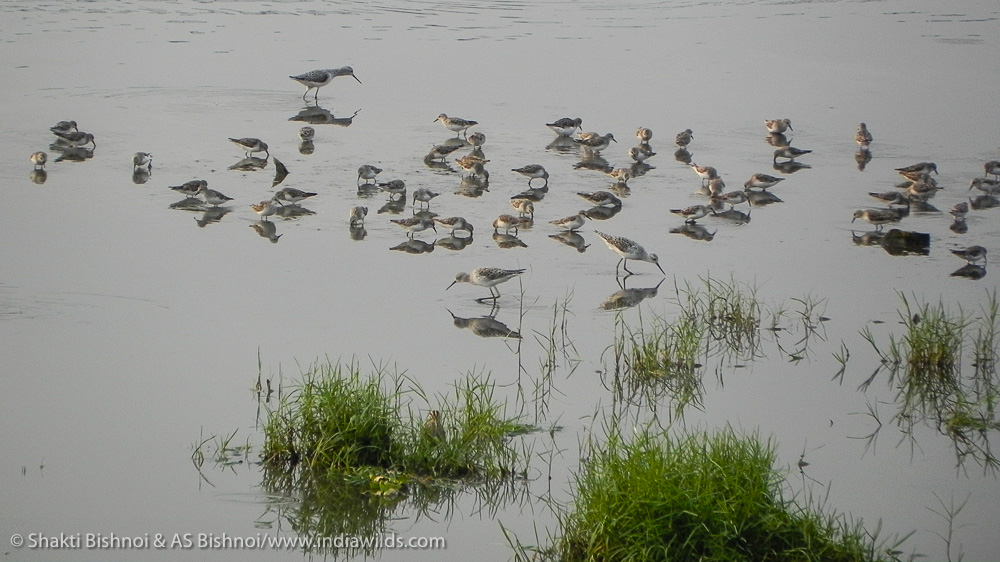
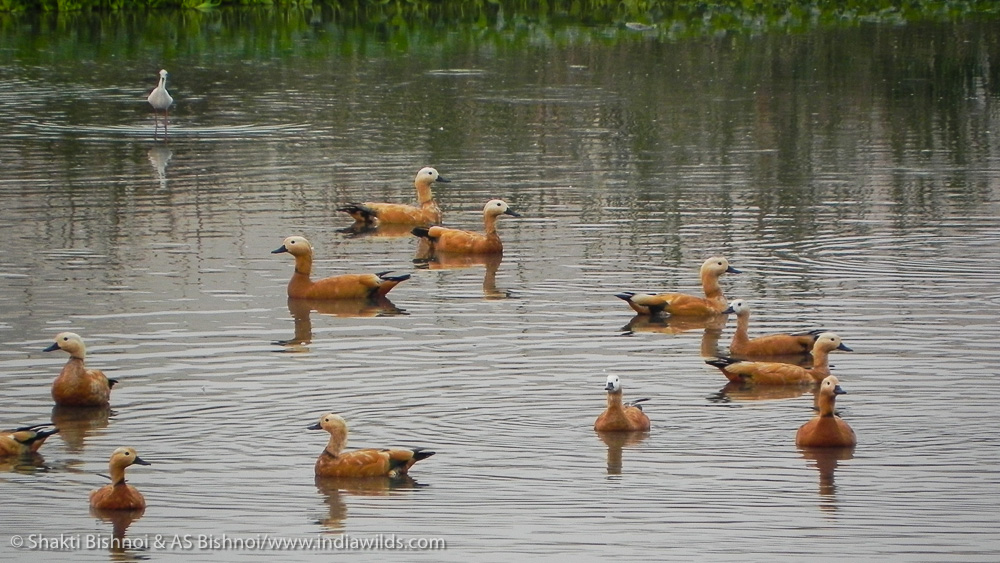
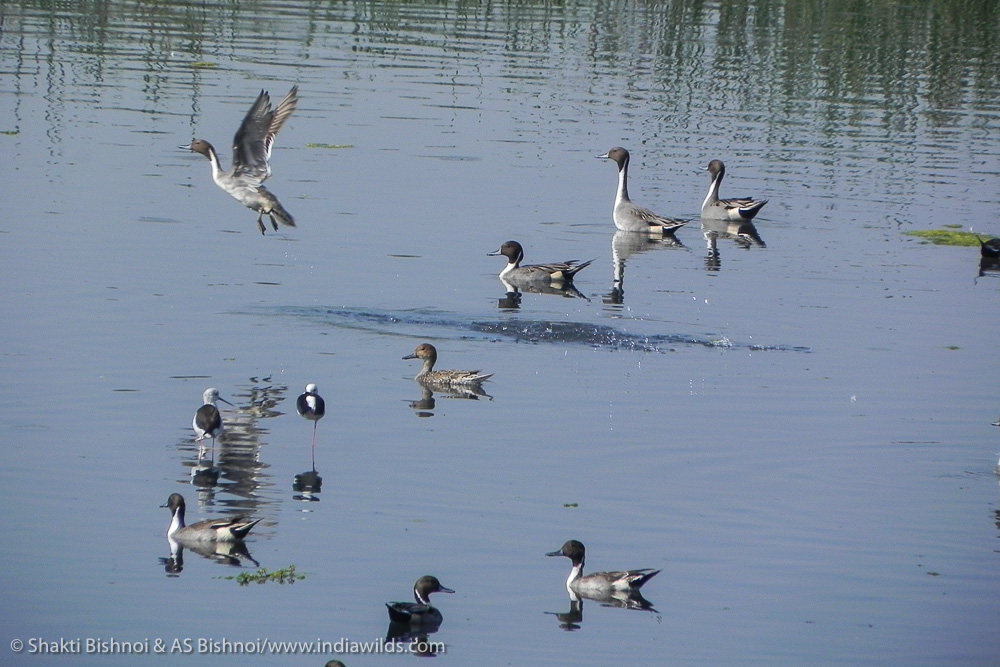
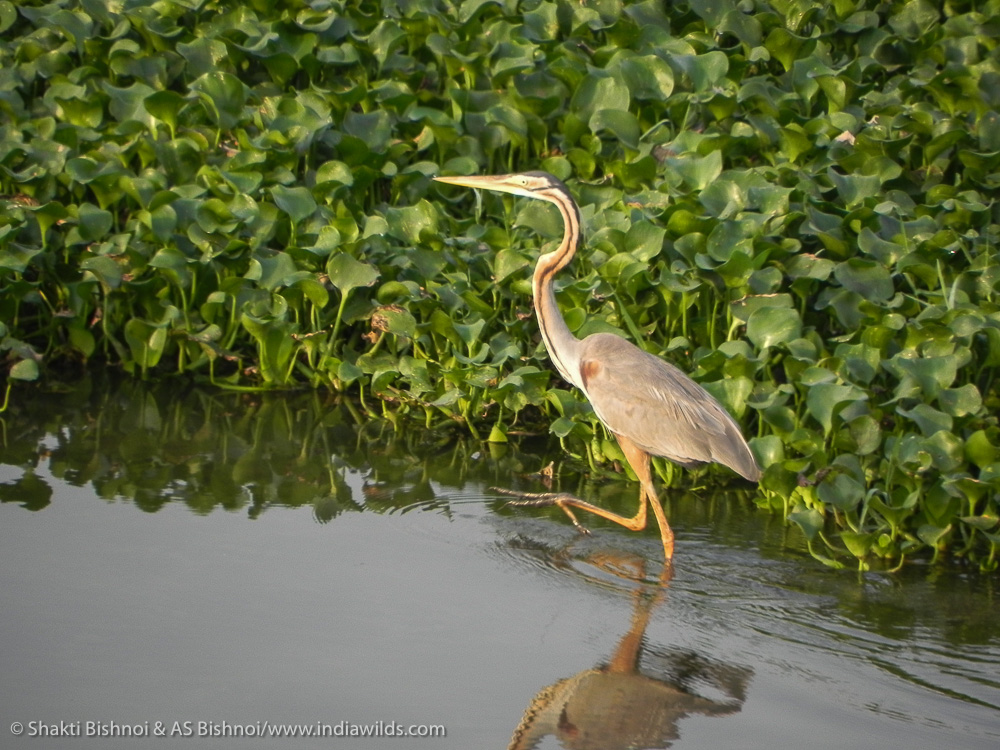
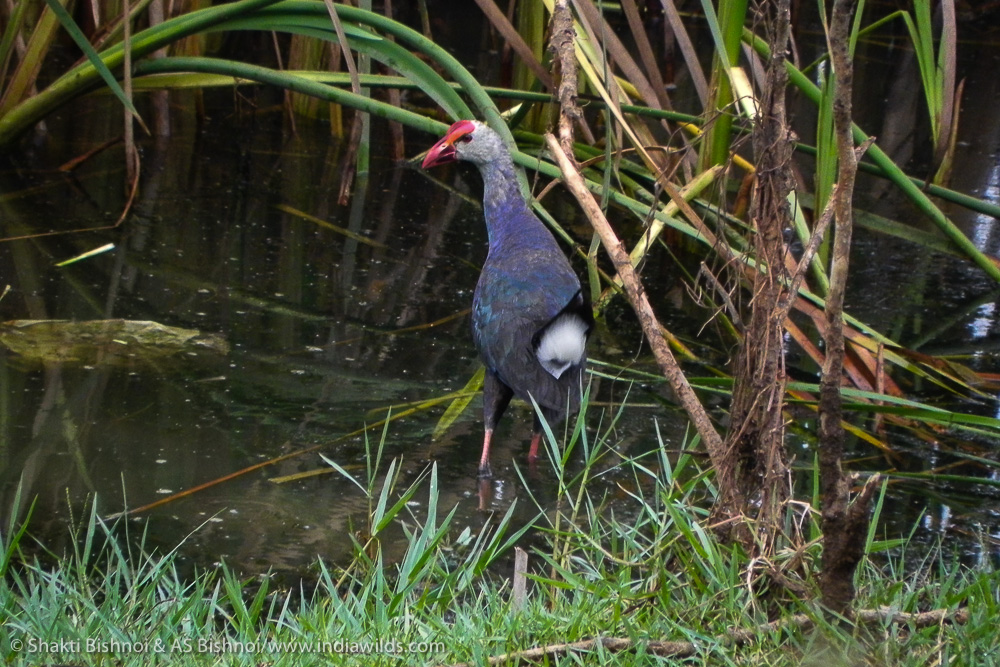
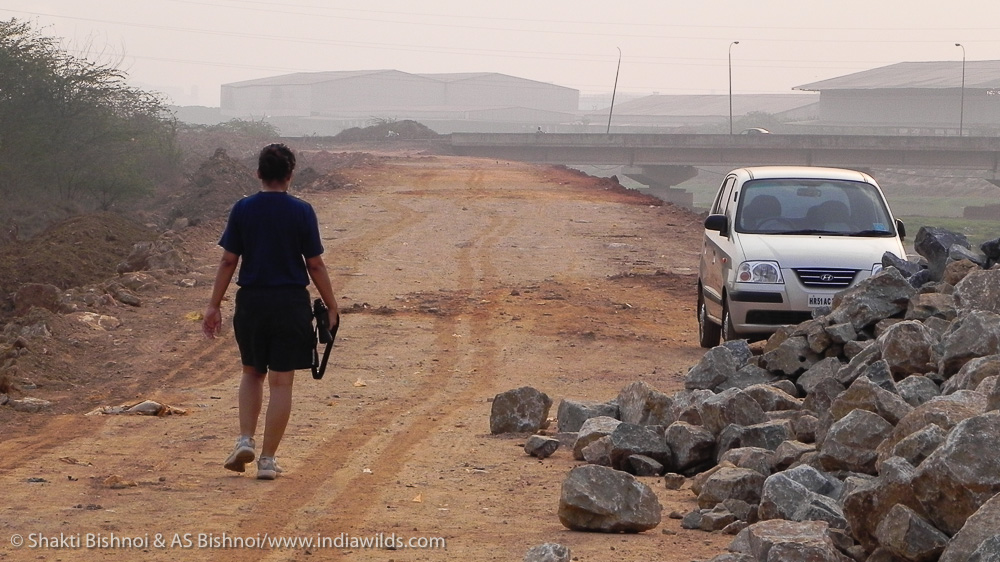
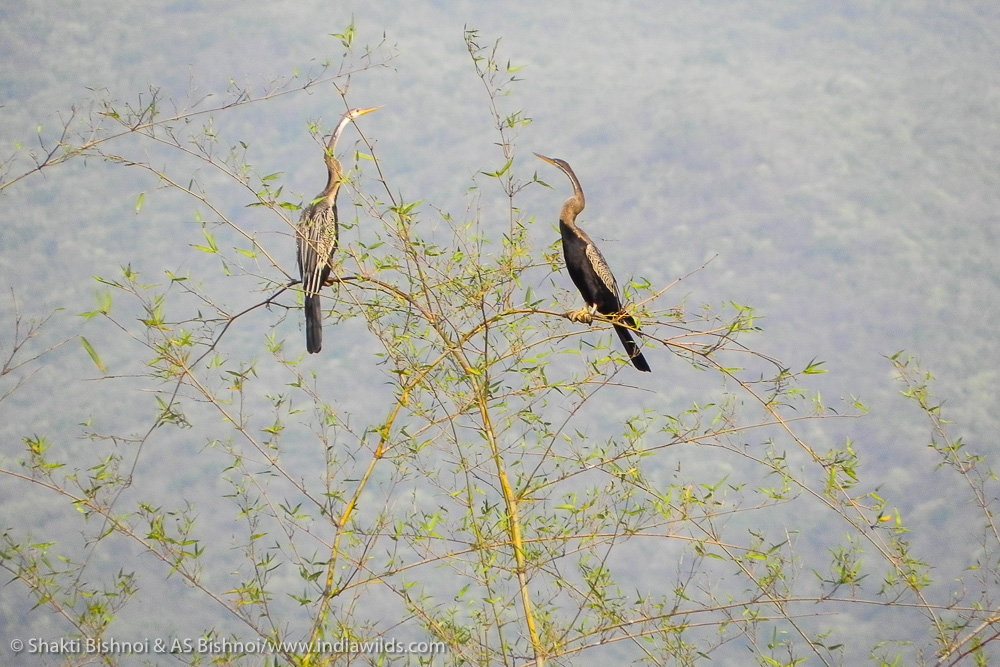
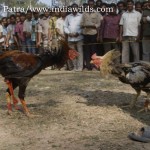
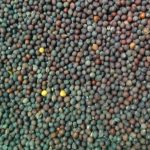

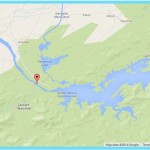

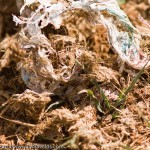

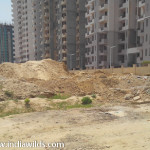

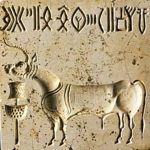



Leave a Reply